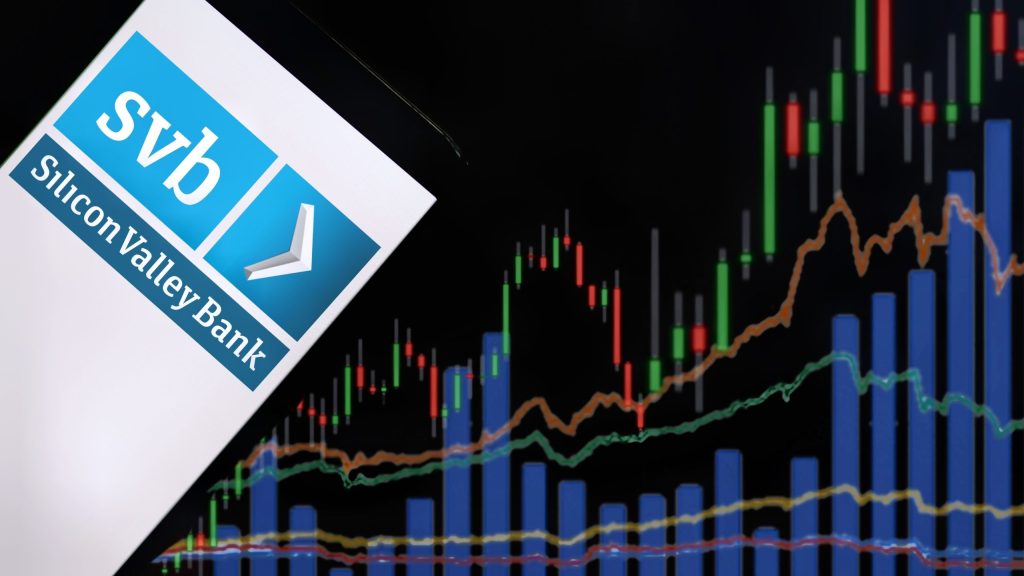Introduction: Navigating the Financial Landscape Amidst Interest Rate Adjustments
The financial sector, encompassing banks, insurance companies, and investment firms, is inherently sensitive to interest rate fluctuations. As central banks adjust rates to manage economic growth and inflation, financial institutions must adapt their strategies to maintain profitability and stability. This article explores the recent interest rate changes and their implications for the financial sector, analyzing stock performance and providing forecasts for investors.
Interest Rate Dynamics and Their Impact on Financial Institutions
Interest rates serve as a critical lever in monetary policy, influencing borrowing costs, consumer spending, and overall economic activity. For financial institutions, particularly banks, interest rates directly affect net interest margins (NIM)—the difference between interest income generated and interest paid out to depositors. When rates rise, banks can charge more for loans, potentially increasing NIM. Conversely, falling rates may compress margins, challenging profitability.
In 2025, central banks have taken varied approaches to interest rate adjustments. The Federal Reserve has maintained a cautious stance, with the federal funds rate holding steady at 4.25%–4.50% as of March 2025. The Bank of England, responding to economic concerns, reduced rates by 0.25 percentage points to 4.25% in May 2025. These decisions reflect ongoing efforts to balance economic growth with inflation control.

Stock Performance Analysis: Evaluating Financial Sector Leaders
Analyzing the stock performance of major financial institutions provides insight into how interest rate changes influence investor sentiment and company valuations.
- JPMorgan Chase & Co. (JPM): As of May 8, 2025, JPMorgan’s stock is trading at $250.31, reflecting investor confidence in its diversified business model and robust earnings.
- Bank of America Corp. (BAC): Trading at $40.93, Bank of America’s stock performance indicates resilience amidst fluctuating interest rates, supported by its extensive retail banking operations.
- Wells Fargo & Co. (WFC): With a stock price of $73.18, Wells Fargo continues to navigate challenges related to regulatory scrutiny and operational restructuring.
- Goldman Sachs Group, Inc. (GS): At $551.92, Goldman Sachs benefits from its investment banking and asset management divisions, which can thrive in various interest rate environments.
- Morgan Stanley (MS): Trading at $119.10, Morgan Stanley’s focus on wealth management provides a buffer against interest rate volatility.
- Financial Select Sector SPDR (XLF): This exchange-traded fund, representing a broad spectrum of financial stocks, is priced at $49.49, offering investors diversified exposure to the sector.
Forecasting the Financial Sector: Anticipating Future Trends
Looking ahead, the financial sector’s trajectory will be influenced by several factors:
- Monetary Policy Direction: Should central banks continue to adjust interest rates in response to economic indicators, financial institutions must remain agile in managing interest rate risk and aligning their asset-liability strategies.
- Economic Growth Prospects: A robust economy can bolster loan demand and reduce default rates, enhancing profitability for banks and lenders.
- Regulatory Environment: Ongoing regulatory developments may impact capital requirements, risk management practices, and compliance costs, affecting financial institutions’ operations and profitability.
- Technological Advancements: The integration of fintech solutions and digital banking platforms can drive efficiency and customer engagement, offering competitive advantages in a dynamic market.
Conclusion: Strategic Positioning in a Dynamic Interest Rate Landscape
The financial sector’s performance is intricately linked to interest rate movements, necessitating strategic adaptability from institutions and informed decision-making from investors. By closely monitoring monetary policy trends, economic indicators, and regulatory changes, stakeholders can navigate the complexities of the financial landscape, positioning themselves for sustained growth and stability.














































